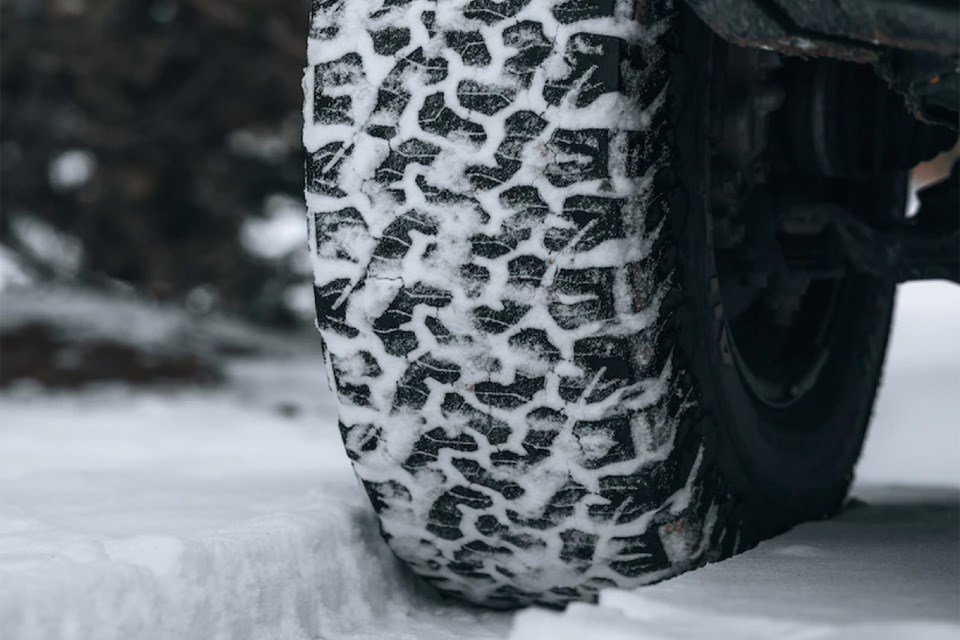It’s winter and that means skiing, winter festivals and… commuting in the snow. For most drivers, winter driving is a major hassle; having to deal with snowy weather, icy roads and the early morning black ice. Commuting every day means you should have a vehicle that is prepared for whatever weather winter will throw at you, and be knowledgeable in skills to keep yourself safe.
Preparing Your Vehicle for Winter Driving
Summer driving and winter driving are two entirely different beasts, and just like you prepare for rainy weather, you need to prepare doubly as much for snowy weather. So, what do you need to get for your car for the winter?
- Proper Tires: Summer tires, and in most cases all-season tires, are just not going to cut it when you get to a road that is icy. Winter tires have superior tread that is deeper, and with patterns designed to keep you from sliding when braking on ice. Always swap your tires before the first snow.
- Proper Vehicle Accessories: Ensure you have proper winterized windshield wipers to be able to handle the ice and snow, and wiper fluid that won’t freeze during the cold weather. Have an ice and snow scraper ready for clearing your car off; always clear the snow from all your vehicle so it’s not flying off onto your windshield or distracting other drivers.
- Survival Kit: When stuck in a snowstorm while commuting, things could get sticky without a proper survival kit in your car. It should include a light source, blanket, emergency food, road flare, warning lights, spare portable charger and cat litter for freeing your car from ice.
Prepare Your Winter Driving Skills
There are winter driving skill courses available to take from professionals. Here are some tips you should know for handling driving in the snow during a commute.
- Braking: Understand that when you are driving in the winter with any amount of snow on the road, your braking distances are often going to be significantly longer. Start breaking earlier for stop signs and put a bit of extra distance between you and the vehicle ahead.
- Speed: Always drive slower than you would during the winter. Even if your vehicle is ready with winter tires, other drivers around you might not be, so managing your speed more carefully will improve your safety.
- Higher Gear Driving: If you find yourself in a situation where you are dealing with slipping when trying to start moving, driving in a higher gear can help your situation. Manual and automatics handle this differently, so test it out before you get into a situation when you need this.
Always Plan Ahead
Winter driving can be far more hazardous than driving any other time of the year, and there is a greater chance you may get stuck somewhere. Plan your driving route ahead and give those plans to family members or friends so that if something does happen, they can help emergency services find you. Always bring your cell phone fully charged, and with a number for emergency services or roadside rescue.
Take your time driving, and you’ll still enjoy the winter snow all season long.
 This story was made possible by our Community Partners Program. Thank you Davis Chevrolet for helping to expand local news coverage in Alberta. Learn more
This story was made possible by our Community Partners Program. Thank you Davis Chevrolet for helping to expand local news coverage in Alberta. Learn more


